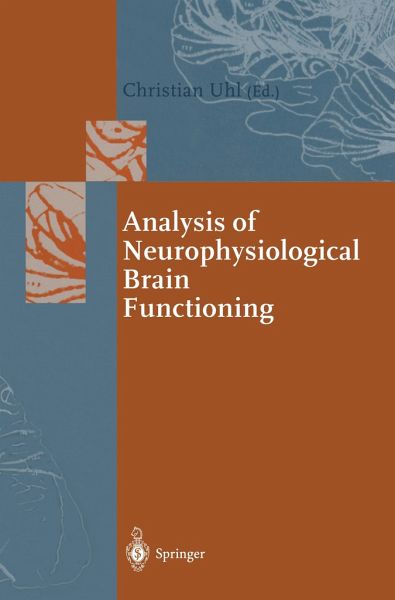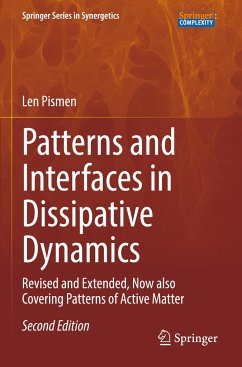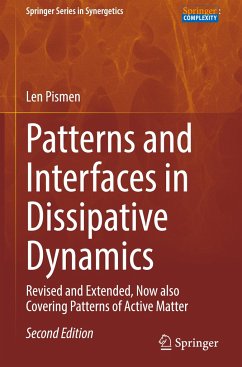
Analysis of Neurophysiological Brain Functioning
Versandkostenfrei!
Versandfertig in 6-10 Tagen
38,99 €
inkl. MwSt.

PAYBACK Punkte
19 °P sammeln!
The analysis of neurophysiological brain function is a highly interdisciplinary field of research. In addition to the traditional areas of psychology and neurobiology, various other scientific disciplines, such as physics, mathematics, computer science, and engineering, are involved. The book reviews a wide spectrum of model-based analyses of neurophysiological brain function. In the first part, physical and physiological models and synergetic concepts are presented. The second part focuses on analysis methods and their applications to EEG/MEG data sets. It reviews methods of source localizati...
The analysis of neurophysiological brain function is a highly interdisciplinary field of research. In addition to the traditional areas of psychology and neurobiology, various other scientific disciplines, such as physics, mathematics, computer science, and engineering, are involved. The book reviews a wide spectrum of model-based analyses of neurophysiological brain function. In the first part, physical and physiological models and synergetic concepts are presented. The second part focuses on analysis methods and their applications to EEG/MEG data sets. It reviews methods of source localization, the investigation of synchronization processes, and spatio-temporal modeling based on dynamical systems theory. The book includes contributions by well-known scientists such as Hermann Haken, Scott Kelso and Paul Nunez, among others. It is written for students and scientists from all the above-mentioned fields. The analysis of neurophysiological brain functioning is a highly interdisciplinary field of research. In addition to the traditional areas of psychology and neurobiology, various other scientific disciplines, such as physics, mathematics, computer science, and engineering, are involved. The book reviews a wide spectrum of model-based analyses of neurophysiological brain functioning. In the first part, physical and physiological models and synergetic concepts are presented. The second part focuses on analysis methods and their applications to EEG/MEG data sets. It reviews methods of source localization, the investigation of synchronization processes, and spatio-temporal modeling based on dynamical systems theory. The book includes contributions by well-known scientists including, among others, Hermann Haken, Scott Kelso and Paul Nunez. It is written for students and scientists from all the above-mentioned fields.












